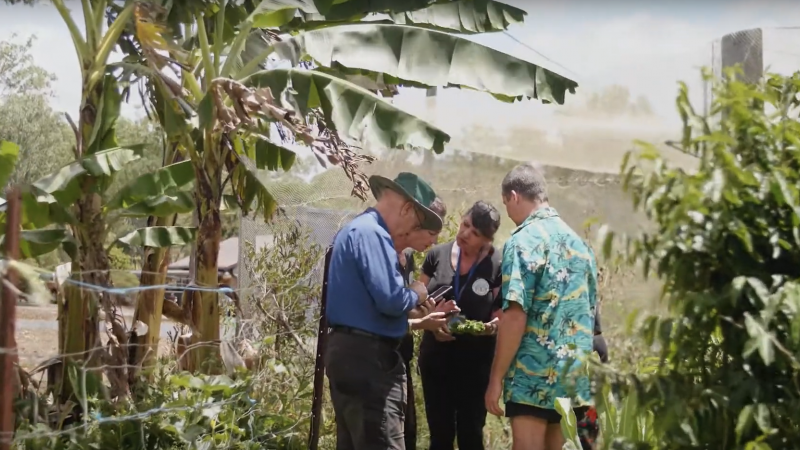Regional connectivity: more than an affordable internet connection
Despite some recent improvements in access, people living in regional areas of Australia are still considerably less digitally included than their metro peers.
Written by Cass Strakosch

Despite some recent improvements in access, people living in regional areas of Australia are still considerably less digitally included than their metro peers.
In the 2019 Australian Digital Inclusion Index¹, people living in rural areas were 8.1 points behind people living in capital cities. When ‘Ability’ alone is looked at, incorporating people’s attitudes, skills and activities, this divide increases to 10.2 points. In fact, ‘Ability’ has the widest divide of the three digital inclusion areas of Ability, Access and Affordability for people living in rural areas.
A 2015 study² showed that regional Australians need to be motivated to build their digital connectivity by learning how it can positively impact their lives and that this needs to be done in a localised community context for full economic and digital inclusion benefits to be realised.
Put together, this research tells us that measures addressing issues of connectivity or affordability alone, while important, will not close the digital divide between city and country in Australia. For us at Good Things Foundation, this comes as no surprise. Our network of community organisations has supported hundreds of thousands of people to improve their digital literacy since October 2017. More than half of this network – 62% – are located in regional or remote locations right across Australia, showing us the real need for their support in communities.
The Be Connected Network is more than just digital support services, looking for the “hook” that will get someone interested in learning something new and creating opportunities for social connections as well.
This is best demonstrated through the real stories we have been so pleased to tell in our video series on the Be Connected program. Such as a learner at Workways Charters Towers in Queensland, who after attending Be Connected sessions felt confident enough to get a volunteer role. Or, those who have learnt how to connect with loved ones who do not live nearby at Ballarat North Neighbourhood House.
Again we are reminded that the key to digital inclusion is located in the heart of the community, at local organisations committed to supporting their community to not be left behind and make the most of the opportunities now available to them in the digital world. With support and resourcing, our regional Network Partners could offer additional, specialised digital support tailored to meet the needs of people living in regional and remote Australia. We believe that co-designing this support with those who could most benefit from it will give the greatest return on investment for government funders, and ensure that the support really reflects the unique experiences of people in the bush.
This is what we advocated for in the recent government consultation on the regional Digital Tech Hub. You can read our response in more detail here. We welcome more government departments opening up consultations to better understand how digital support services can be implemented, so we can ensure that those most at risk of being left behind in our rapid transition to a digital economy are included, considered and supported along the way.
1 Thomas, J, Barraket, J, Wilson, CK, Rennie, E, Ewing, S, MacDonald, T, RMIT University and Swinburne University of Technology, Melbourne, for Telstra, Measuring Australia’s Digital Divide: The Australian Digital Inclusion Index, 2019
2 Park, S, Freeman, J, Middleton, C, Allen, M, Eckermann, R, & Everson, R, 48th Hawaii International Conference on System Sciences, The Multi-Layers of Digital Exclusion in Rural Australia, 2015
